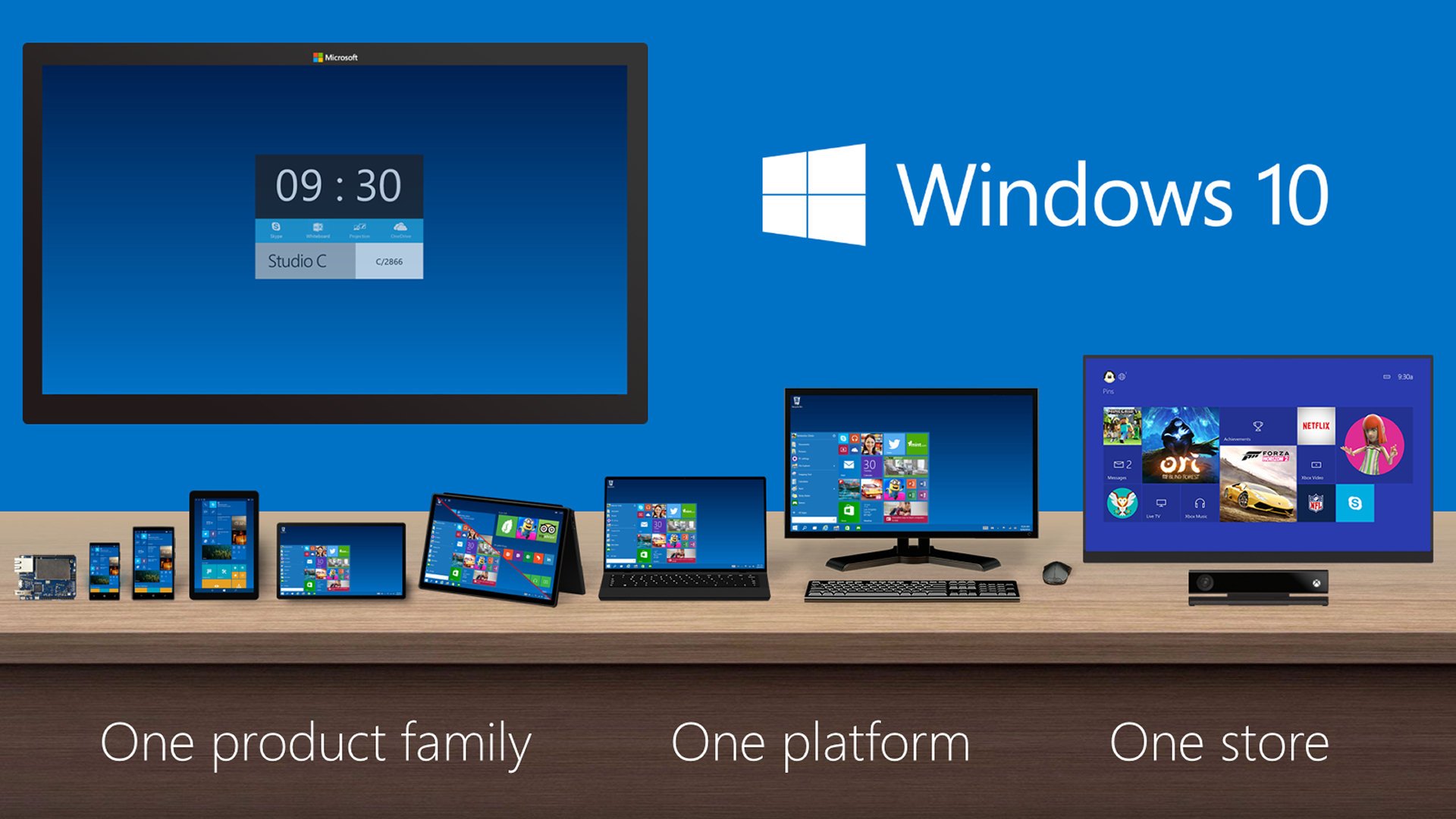More and more mobile developers are now asking the question about going into Windows Phone development. With Windows Phone being the fastest growing mobile operating system in 2013, Microsoft has doubled its market share in the mobile industry within the last year. But is becoming a certified Windows Phone Developer a good idea now? In this article, we urge you to think carefully.

While the market share of the Windows Phone was growing steadily in 2013 (making it the third most-used mobile operating system after Android and iOS), the giant made its ultimate claim for leading the mobile world by purchasing Nokia in September. So now, Microsoft’s main task appears to be developing a powerful ecosystem for both phones and tablets, and as they go along, there will surely be a high demand for Windows Phone Developers.
Even now, Microsoft’s not going bad: with the integration of SkyDrive, Office Mobile, Office 365, etc., the company is sure on the right track. Yet, there’s still a lot to work on, especially in the area of smaller/cheaper consumer apps, to step up the competition with the leader, Google’s Android. Not surprisingly, in this situation, the MCPD:
Windows Phone Developer certification may look like a good option for you, as there will definitely be a rising demand for Windows Phone app developers. Yet, as it usually happens, things are a little more complex than they may seem. We’ll try to convince you that you’ll need at least some HTML 5 understanding, up to the point when MCSD: Windows Store Apps certification may be a better long-term goal (instead of the outdated MCPD: Windows Phone Developer you may be eying).
Is there anything wrong with MCPD: Windows Phone Developer Certification?
Where do we start? The thing is, this certification is strongly focused on Silverlight. This is fine, considered that this is what Windows Phone development is now based on. Yet, it may not be so fine once you consider that Microsoft has pretty much dropped Silverlight in 2011.
Note that the certification includes the 4th version of Silverlight among its steps, although the platform was updated to Silverlight 5 back in 2011. So why haven’t they updated the certification yet?
Although it will be supported until 2021, you don’t have to be a genius to understand that it won’t last that long: Microsoft has announced it would be moving to HTML 5 instead. Why would Microsoft kill its proprietary technology? Just look a few years back, and it’ll be clear.
History Repeats
2 years after his death, Steve Jobs remains the trendsetter of the tech world. And it’s not his gadgets (and the recent lack of Apple’s innovation) we’re talking about. Do you remember the outrage caused by Apple’s decision not to support Flash on its gadgets? This way, Apple created the AppStore concept we know today: accessing things you need through apps, which, in turn, brings huge monetization potential to the owners.
Related Articles :
- Windows Phone 7 Sudoku App
- When It Comes To Storage, A Private Cloud Security Business Has The Advantage
- Microsoft Launches Windows Phone 7, What’s Next?
- How to Get Cheap Automobile Insurance Online in West Virginia
- This Is Why MAC Products Are Totally Worth Every Penny Spent
Looking back, one can now state that the war between Apple and Adobe over Flash had prompted the HTML5 we use today. And in 2011, Microsoft took the course of moving away from the Silverlight towards using HTML5, thus closing the door on its own proprietary technology. The company admitted it would be dropping its efforts to make Silverlight the leading cross-platform runtime for the web and the desktop.
What Exactly is Silverlight?
Microsoft Silverlight enables writing and running rich Internet applications, similar to Adobe Flash. The run-time environment for Silverlight is available as a plug-in for web browsers running under Microsoft Windows and Mac OS. Silverlight is capable of providing video streaming. It has been used for the NBC coverage of the 2008 Summer Olympics in Beijing.
The 2010 Winter Olympics in Vancouver and the 2008 conventions of the US Democratic and Republican parties. Until recently, it has been used by Netflix to enable its instant video streaming. However, the service has announced its switch to HTML5 shortly. Truth be told, for years, Silverlight had compatibility issues with browsers, and many developers weren’t crazy about its features.
